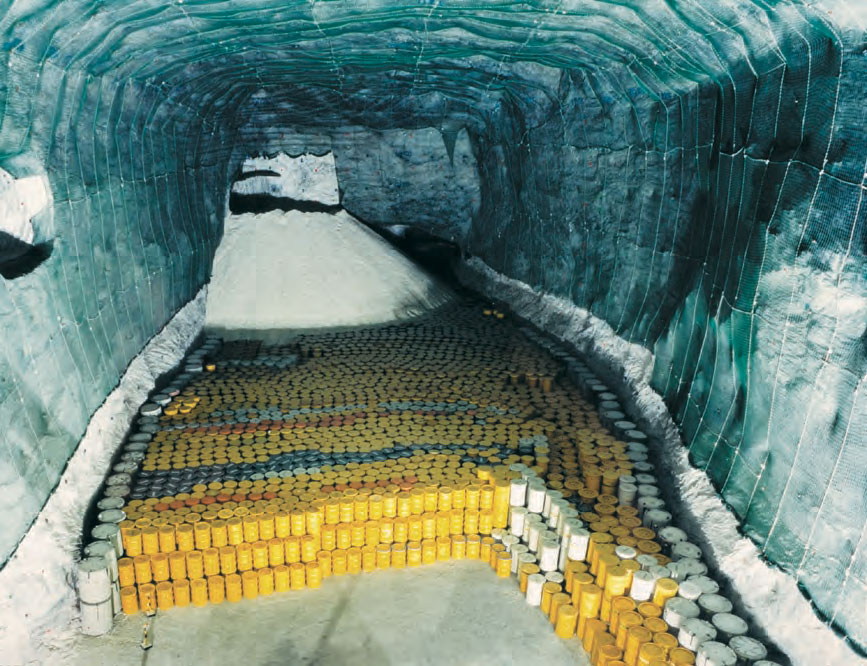Scientists have discovered how arsenic molecules could be used to filter out toxic elements from radioactive nuclear waste. If proved successful this could revolutionize the decommissioning industry and provide much safer and more efficient practices for the disposing of nuclear waste.
The research group led by Professor Steve Liddle at the University of Manchester revealed that the first examples of thorium with multiple bonds to arsenic were, in fact, existing under ambient conditions on multigram scales. Elizabeth Wildman is a Ph.D. student taking part in the research, and she said, “Nuclear power could potentially produce far less carbon dioxide than fossil fuels, but the long-lived waste it produces is radioactive and needs to be handled appropriately. To find ways pf separating, recycling and reducing the volume of nuclear waste, research has focused on developing our understanding of how elements like thorium and uranium interact with elements from around the periodic table to potentially help improve nuclear waste clean-up.”

Professor Liddle said on the matter, “We need to reduce the volume of nuclear waste to make it easier to handle and process it to remove benign elements or separate the high level from the low-level waste. There is currently significant interest in using organic molecules to extract, selectively, metal ions from the ‘soup’ of nuclear waste and fish out the more radioactive and toxic ones and leave the rest behind.” He also advised that by having an understanding of chemical bonding and how extractants bind to different metals scientists can use this knowledge to achieve separation by having them bind to one particular type of metal and remove it from the soup.
“Arsenic is a soft donor, so we have prepared model complex s with it to understand the nature of bonding. Until now, complexes exhibiting multiple bonds between thorium and arsenic were limited to spectroscopic experiments carried out at temperatures close to that of interstellar space (3-10 Kelvin) where only a few molecules were made at a time. Here, we have made molecules in multi-gram quantities, and they are stable under ambient conditions enabling us to study them more straightforwardly. We might be able to use this new knowledge and understanding in a real system in the future,” said Liddle.
So, hopefully, it won’t be too long before we see these types of systems being made use of and cleaning up the nuclear waste industry and our environment.
More News to Read











